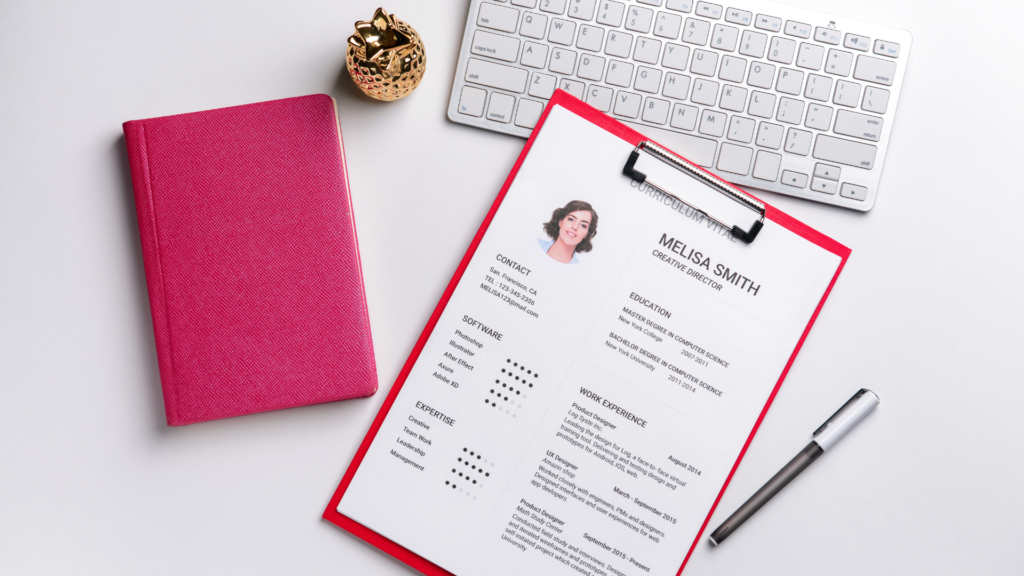When you’re looking for a job, resumes are a powerful tool, but how do you make sure your resume gets read? In addition to containing all of the important details that an employer needs to see, your resume also needs to look professional. Start by reviewing the tips for writing an effective resume, then review this list for ideas on what to include in the experience section.
A resume experience section is one that’s often overlooked. Suppose you work in a certain industry, like accounting or engineering, for example. In that case, there’s a good chance that the employer you’re applying to has an established list of requirements for their ideal candidate. What they want most is your relevant experience. After all, if you can’t do the job, you won’t impress them with your education, so they’re likely looking at your experience first.
What’s Included in the Experience Section of a Resume
An experience section on a resume sample can be a powerful tool that demonstrates your value to potential employers. Whether you have many years of experience in your chosen field or are just starting out, adding relevant work experience to your resume proves you have the skills needed to succeed in the position you are applying for. If you are unable to find experience in your desired field, it can be easy to fall into the trap of writing a generic, one-dimensional experience section.
The experience section of your resume is where the meat of your career is—the skills and accomplishments you’ve earned over the course of your career; from jobs to internships to volunteering. This section is where you can shine, so you’ll want to make sure your resume’s section headings match the actual accomplishments and experience you list in your resume. And, as always, you’ll want to double-check your resume for grammar, spelling, and syntax errors before you send it off.
Writing the Experience Section
When writing about your experience section, it’s important to remember that this section is meant to demonstrate your learning, skills, and abilities. The experiences section may be the only part of your resume in which you can highlight your accomplishments, so it’s crucial that you include it! The experiences section should highlight your accomplishments to make you stand out above the rest.
How Many Experiences To List?
As the job market continues to improve, job seekers are enjoying more job interviews than ever before. Now’s the time to polish up your interview skills and ace the job interview. Many job seekers feel anxious before an interview, especially when they have no idea what questions they’re going to be asked. As a new job seeker, you may feel as though you have limited experience. However, this doesn’t mean you don’t have valuable transferrable skills or experience.
Recommendations are an important part of any job search. But how much is too much? While an established resume is important, having a huge list of references is not always an indicator of success. In fact, it could be a deterrent for potential employers since so many potential employers may see too-many references as a sign you won’t be able to handle a large workload and will move on to a new employer quickly. The good news is that you can experiment with how much experience you’re willing to list on your resume.
Writing Resume Job Descriptions
Creating the perfect resume is a challenging task. A resume, by definition, is a short summary of who you are and your major accomplishments. Essentially, it serves as an introduction and opportunity to make an impression on an employer. But what do you put on your resume? Well, first and foremost, you need an objective statement. This is your opening paragraph, and it should introduce who you are, what you bring to the table, and what your goals are. Your next section should be your work experience (or education). We break this into sections, starting with your most important jobs first (i.e., your most recent ones). This is a resume, not an autobiography, so keep the information brief.
If you’re in the market for a new career, your resume and cover letter are where you shine. But if you’re job-searching for the first time, you may not realize that you need more than just a headline on your resume. Your resume should include a detailed job description for each of your previous positions, detailing what you did. This guide will show you how to write job descriptions for your resume and how to write them in a way that shows employers exactly how you can help them.

